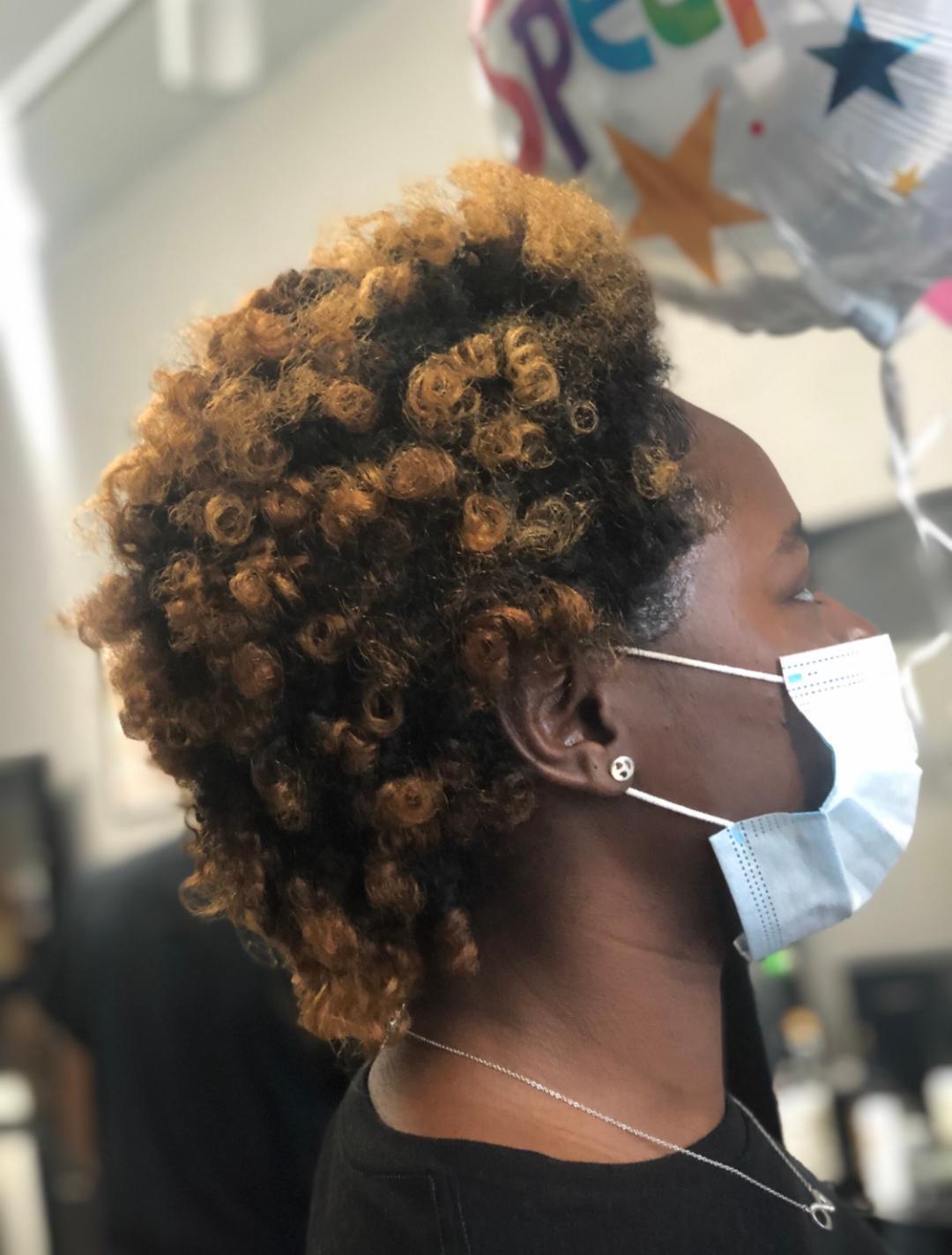In the state of Ohio, licensed cosmetologists are required to obtain 8 hours of continuing education in order to work as a licensed professional. I am always excited about continuing my education. This time for my education, I decided to take on the art of learning how to do a Quik Weave properly.
 |
| Invest in being properly trained. |
This continuing education workshop was nothing like the ones I typically take. Most people know that the field of cosmetology is a very creative one. And most people think that most cosmetologists are naturally very creative people. Well, I am not. So learning this art will be quite challenging and creative!
To get things started, I did a little research on hair weave and learned that an African American woman from Cleveland, Ohio named Christina Jenkins invented "Hairweeving." Hairweeving is her patented art of sewing wefts of hair onto cornrow braided hair. Christina opened a school for licensed cosmetologists to learn her technique of Hairweeving. She also opened a chain of businesses named, Christina's Hair Weev throughout Cleveland. As for the Quik Weave, two highly recognized and sought after hairstylists from Detroit, Michigan named Lil Willie and Big Bad D took hair weaving to the next level by introducing the world of cosmetology to Quik Weaving.
Quik Weaving is hair addition technique that entails the meticulous application of gluing on wefts of real or synthectic hair to hair that is molded. I will highlight the 4 most interesting things I learned about Quik Weaving.
The first "most interesting thing" I learned about Quik Weaving are the different kinds of hair additions techniques that are best for certain hair textures, hair types and scalp conditions.
The second "most interesting thing" I learned was how the different types of hair (synthetic or artificial) are to be used for certain hair weaving techniques. Many people think that the varying hair can be generically used for any kind of hair weaving technique on any head of hair. It is very important to match the proper technique to the right kind of hair for the right technique. For example, the Remy hair is best used for Quik Weave and the Brazilian hair textures are best used for strand by strand or fusion methods to create movement and illusion of realness.
The third "most interesting thing" I learned is that there is nothing quick about a Quik Weave. I assumed this would be quick, hence its namesake. Dud, it takes a lot of time to do a Quik Weave service! You have to mold the hair properly. The client has to sit under a dryer until the molded hair is completely dry. Measuring, cutting, applying glue to the weft and applying the weft to the hair takes a great deal of time. I was surprised that the odor of the glue smelled like like fish (lol) I was also surprised how quick the glue adhered to the molded hair. Also I was impressed that the hair adhered very secure and looked very real.
The fourth "most interesting thing" I learned about hair weaving is how the inventor, Christina Jenkins, of this very profitable technique is not getting any recognition for her invention. She is also not receiving any monies in her name of any sorts. This woman was robbed of her invention by a large number of students who dropped out and began their own versions of what she was teaching. (how tacky) The same can be said for Lil Willie and Big Bad D. In the spirit of continuing education, as licensed professionals, let us be mindful of education and who teaches us. Do the right thing pay in full for your education and give credit where it is due.
 |
| Give credit where it is due. |
While I would not declare myself as skilled with this method of hair styling, I am thankful to my educator Herbert Pittmon who trained me and gave me a little history before we got started. I would recommend any one interested in any of the hair addition techniques to only patronize well trained cosmetologists. Ask who trained them, where and what did they learn. Stay away from self taught hairstylist. Also, stay away from those hair stylist who watch YOUTUBE, then come to work and charge you. I would not try this at home. As for licensed professionals who have the proper training, experience and credentials...RAISE YOUR PRICES!

